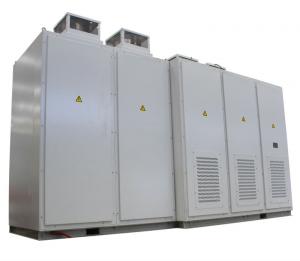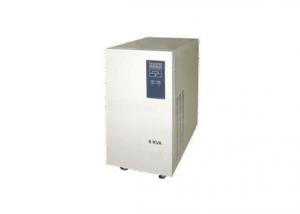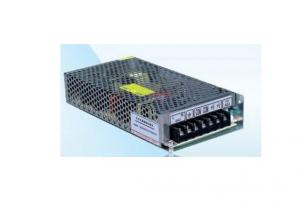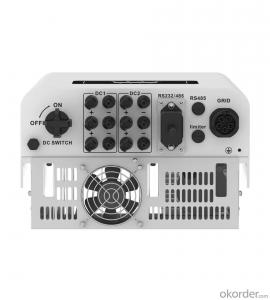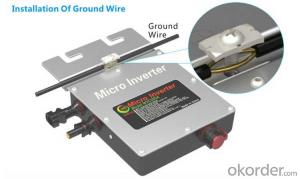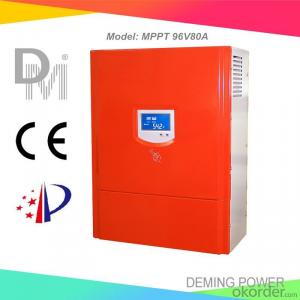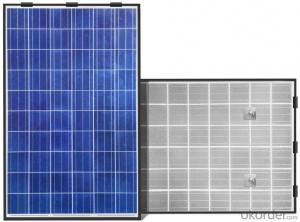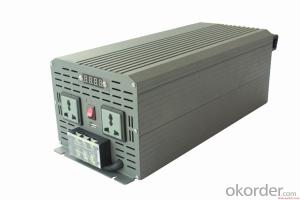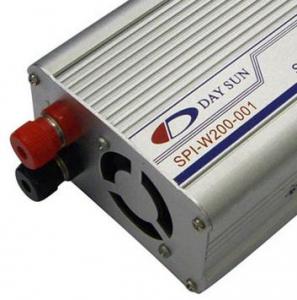Solar Inverter 10kva
Solar Inverter 10kva Related Searches
10kva Solar Inverter 10kv Solar Inverter Solar Inverter 10kw 10kw Solar Inverter 10kw Inverter Solar Solar Power Inverter 10kw 10 Kva Solar Inverter 10kw Solar Power Inverter Solar Inverter 10 Kw 10kva Solar Hybrid Inverter 10kva Inverter Solar System China 10kva Solar Inverter 10k Solar Inverter 10kw Solar Hybrid Inverter Solar Inverter Hybrid 10kw 10 Kva Hybrid Solar Inverter Hybrid Solar Inverter 10kw 10kva Solar Inverter Price 10kw Hybrid Solar Inverter 10kv Solar Inverter Price Solar Edge Inverter 10kw Solar Inverter 10kw Price 10 Kw Hybrid Solar Inverter 10kw Solar Edge Inverter Best 10kw Solar Inverter 10 Kva Solar Inverter Price Abb 10kw Solar Inverter 10kw Solar Inverter Price 10000w Solar Inverter Solar Inverter 10000 WattSolar Inverter 10kva Supplier & Manufacturer from China
Solar Inverter 10kva is a crucial component in solar energy systems, responsible for converting the direct current (DC) generated by solar panels into alternating current (AC) that can be used by household appliances and fed back into the grid. This product plays a vital role in maximizing the efficiency of solar power systems and ensuring a seamless integration with the existing electrical infrastructure.The Solar Inverter 10kva is widely used in various applications, such as residential, commercial, and industrial settings. It is particularly beneficial in areas with high solar irradiance, where the potential for generating clean and renewable energy is significant. This product is also suitable for off-grid applications, providing a reliable power source in remote locations where grid connectivity is limited or non-existent. By utilizing the Solar Inverter 10kva, users can reduce their reliance on fossil fuels, lower their energy bills, and contribute to a more sustainable future.
Okorder.com is a reputable wholesale supplier of Solar Inverter 10kva, offering a vast inventory of high-quality products at competitive prices. With a commitment to customer satisfaction, Okorder.com ensures that each Solar Inverter 10kva is thoroughly tested and meets the highest industry standards. This makes Okorder.com the ideal choice for businesses and individuals seeking reliable and efficient solar power solutions.
Hot Products






